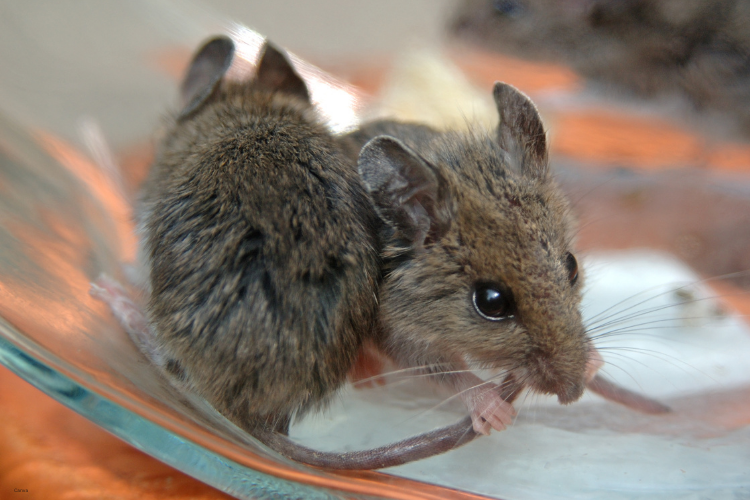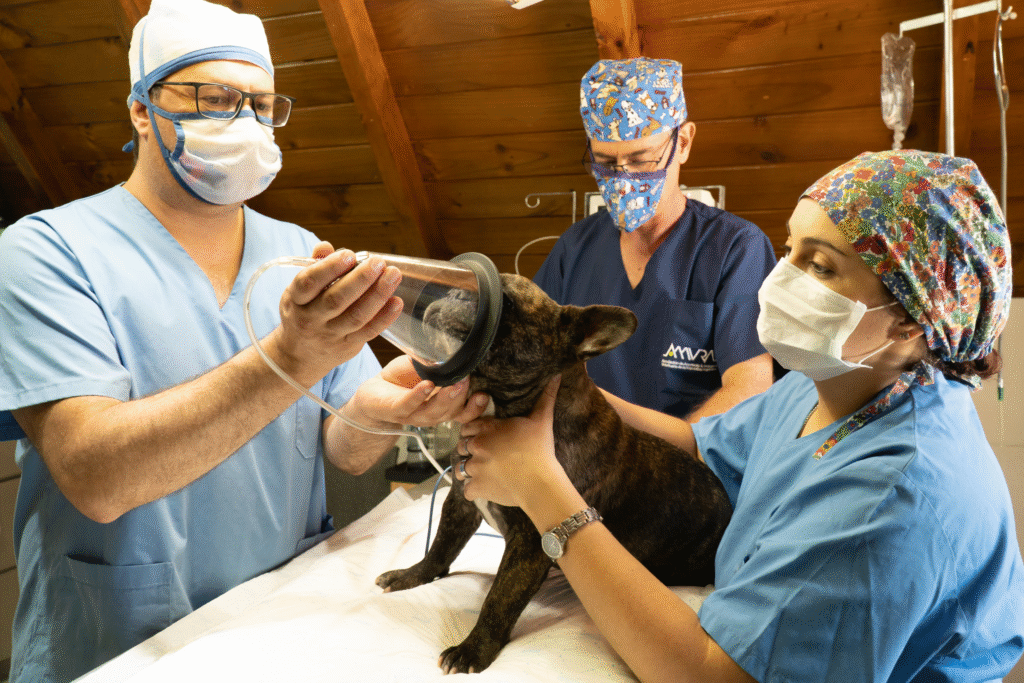Science explains your pet’s bathroom weirdness perfectly.

Every pet owner has experienced that moment—your furry friend assumes the position, locks eyes with you, and maintains unwavering contact throughout their entire bathroom experience. It’s simultaneously hilarious and slightly uncomfortable, leaving you wondering if you should look away or acknowledge this intimate moment. Turns out, there’s actual science behind this bizarre behavior that goes way deeper than you’d expect. Your pet isn’t being weird for the sake of being weird—they’re displaying complex evolutionary behaviors that reveal just how much they trust and depend on you.




